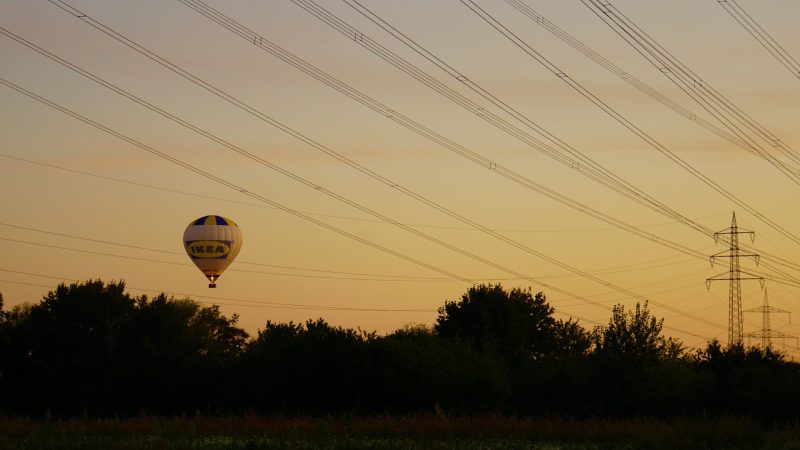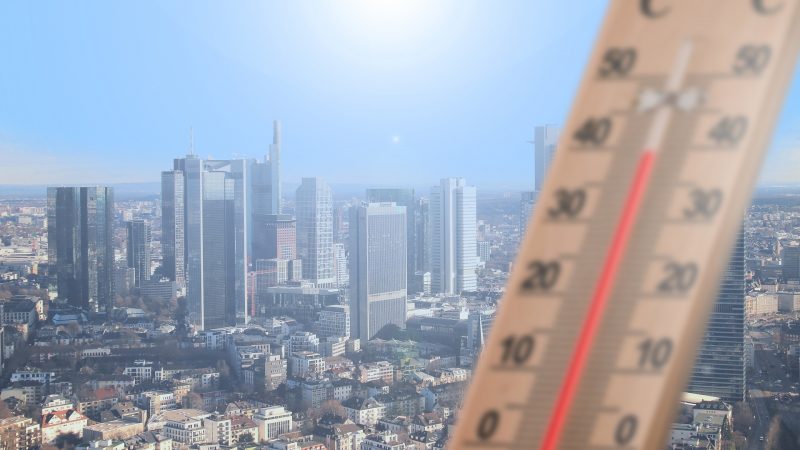Denmark, the artificial islands to produce renewable energy3 min read
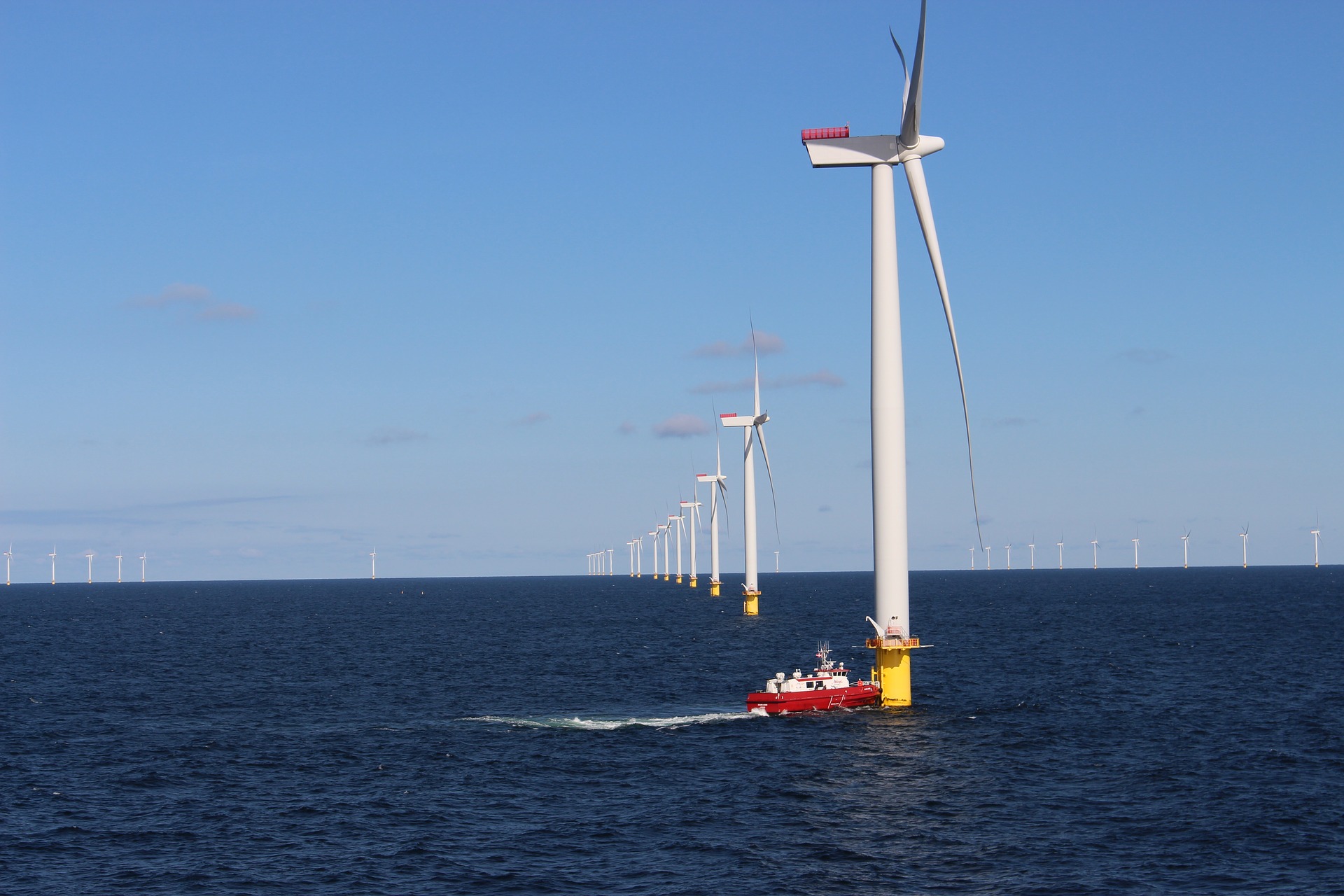
Denmark has approved a plan to build an artificial island in the North Sea that will produce renewable energy capable of meeting the electricity needs of 3 million households (read the full press release here).
Some numbers and facts about the danish artificial “energy island”:
- will be an artificially constructed hub located 80 kilometers off the Jutland peninsula;
- will be connected to hundreds of offshore wind turbines with an initial capacity of 3 gigawatts;
- around 200 wind turbines are expected in the first phase of the project;
- will cost around 210 billion Danish kroner (28 billion euros);
- in its initial phase will be 120,000 square meters in size, the equivalent of about 18 football fields;
- the abundance of offshore wind energy will be used to produce climate-friendly fuels for shipping, aviation, heavy industries or heavy-duty vehicles;
- will be owned by a public-private partnership;
- will strengthen the integration of Europe’s power grids and increase renewable electricity production necessary for a climate neutral Europe;
- will be operational by 2030.
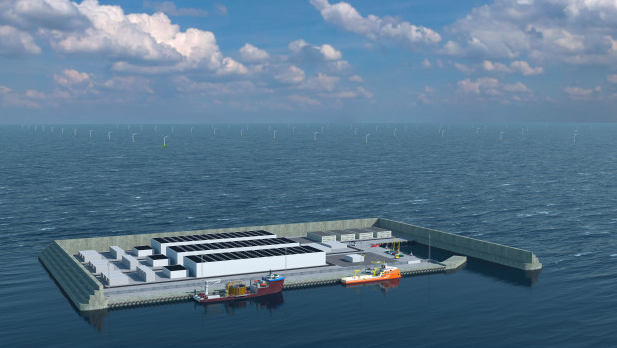
The Danish plan is part of the European Union initiative to transform its electricity system by relying mainly on renewable energy and to increase the capacity of offshore wind energy by 25 times by 2050. The national goal is to bring renewables to 50% of energy consumption by 2030: in 2019, according to estimates by the Danish Energy Agency, the “green” share had already exceeded 35%.
In this sense, the “energy island” plays a crucial role also in Denmark’s goal of reducing greenhouse gas emissions by 70% by 2030 from 1990 levels (it has already reduced them by 40%), one of the most ambitious plans in the world, as well as achieving climate neutrality (eliminating net CO2 emissions by 2050).
In reality, two “energy islands” are planned. Both of them will export power to the mainland of Denmark and neighboring countries.
In fact, with the Climate Agreement for Energy and Industry dated 22th of June 2020 the Danish Government decided that Denmark will become the first country in the world to begin the construction of two energy islands with a total capacity of 5 GW offshore wind.
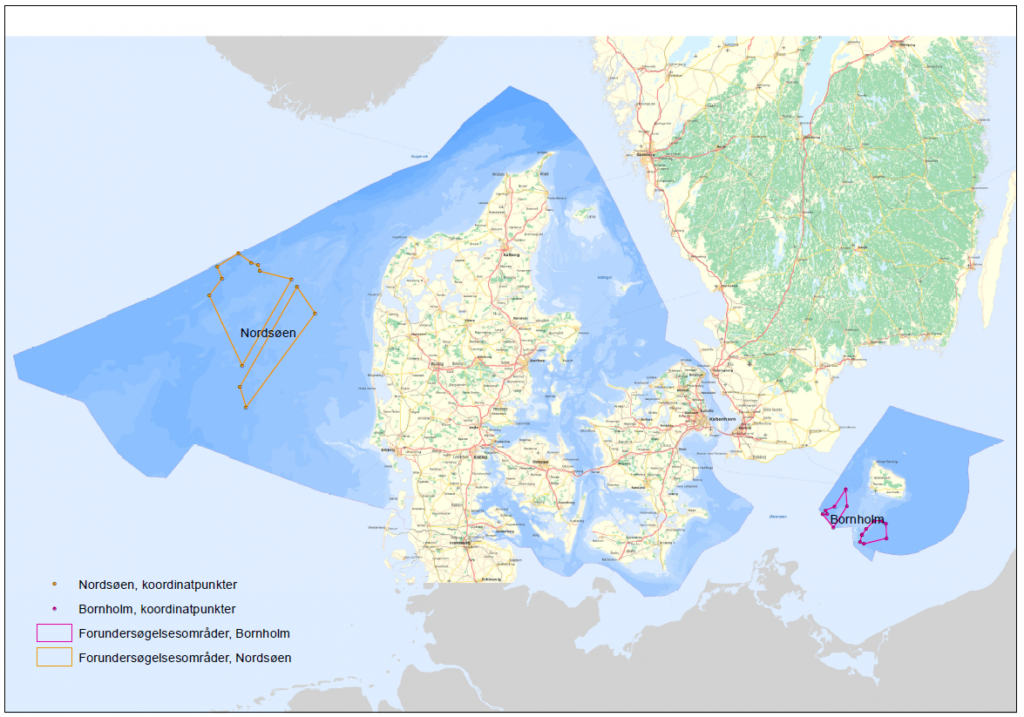
Despite Denmark being currently the largest oil producer in the EU, it is also the biggest producer worldwide to establish a final phase-out date so far (final phase-out date of fossil extraction by 2050).
Denmark, favored by the windy climate, was a pioneer in onshore and offshore wind. The first large-scale offshore plant was installed in 2002.
Indeed, the world’s largest producer of wind turbines (Vestas Wind) and one of the largest groups specializing in offshore wind (Ørsted) are Danish.
In general, the countries of Northern Europe confirm themselves at the forefront in the development of innovative solutions in the field of energy transition from fossil fuels to renewable energy.
It is therefore not surprising that Ørsted has been appointed in 2020 as the most sustainable company in the world (read the full article here).
Source: Energistyrelsen – Danish Energy Agency
Featured image by Anette Bjerg from Pixabay





